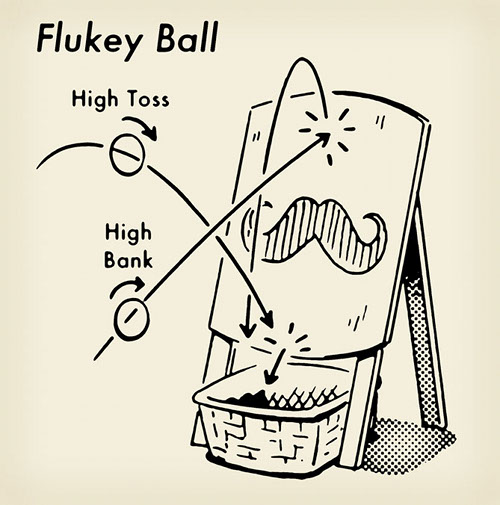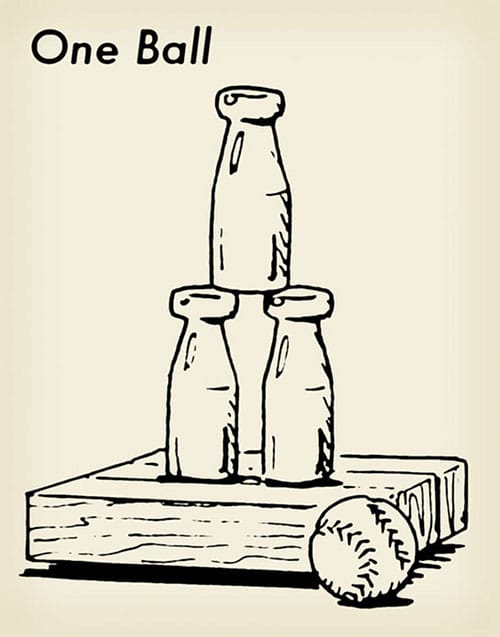While we’re on the subject of Michael Jackson, and indeed, Billie Jean (see the previous post)…
This is pretty cool.
While we’re on the subject of Michael Jackson, and indeed, Billie Jean (see the previous post)…
This is pretty cool.
You’ve got to enjoy what you do, right? Even if it’s an apparently mundane job. Like being a traffic cop.
There’s a list somewhere in the world of the most stressful experiences in life. Top of the list, I think, is losing a loved one. Which we haven’t had to experience for some time. But the next cabs off the rank, from memory, and in no particular order, include:
1. Having a baby.
2. Moving house.
3. Changing jobs.
4. Changing churches.
By the end of next week we’ll have done all four of those.
We farewelled Scots Clayfield, and Andrew and Simone last Sunday. This isn’t really the time or the place for reflections on ministry at Scots, suffice it to say, the Richardsons have a tough gig, in a tough part of Brisbane to do ministry, and people leaving a small church sucks. We’ll keep praying for them, and will remember our time there fondly.
On Monday we started a new era – heading to the staff retreat for our new church – Creek Road – which, including students and trainees – was about half the size of the entire Scots congregation. So it’s going to be a very different couple of years.
Today we signed a new lease on a new house in a new suburb on a new side of the city. We’ll be much closer to church than we have been in the last two years, and a handy public transport trip to college.
I found a stress scale on Wikipedia – the Holmes and Rahe Stress Scale – which suggests that I’m, given the time of year this is happening – a 292 on the scale, which means I’m at a moderate risk of stress related illness, and eight points off the high risk category. A speeding ticket would push me over the cusp.
But I feel pretty good, and our little family (complete with almost perfect baby), is collectively pretty excited about the year ahead.
This video gets me every time. Thanks to my sister for sharing it with me on Facebook.
Update: And to Jurassic Park…
This is very clever, especially if you’re looking for a colour scheme with punch. They’re available as posters and stuff from artist Gidi Vigo.


Via Churchm.ag.
This footage is amazing. It’s like an insect horror movie, and should be accompanied with Wagner’s Ride of the Valkyries, or Rachmaninoff’s Flight of the Bumblebee to be truly epic.
Via Kottke and the entire internet.
The Art of Manliness has a guide to beating “gaffed” show games. “Gaffed” is apparently circus person talk for rigged.


This one is said to be unbeatable because the “gaff” is easy to disguise when the Carny has a go.

Via Boing Boing
You have to watch this until 1:10 seconds in. The kid is a pro simply because of how he recovers from that point.
Brilliant. This is what life powered by coffee looks like. Everything is broken, but small tasks are manageable.
Crossposted at thebeanstalker.com
This is all over Facebook already. But I’m on the farm in Dalby, so can be forgiven for being behind the times.
Also interesting, and related, is the content of the deluxe version of Gotye’s making mirrors, which describes the process of putting together some of his songs.
These are interesting. I thought social media and online profiles were meant to kill the business card. Not reinvigorate them.

They appear to be officially endorsed by Facebook. You order them via your Facebook account. Once you’ve got Timeline turned on.
“To make your own Facebook cards just go to your http://www.facebook.com/yourfacebookusername/info and hover over the little Business Card in your Contact Info.”
Once Facebook figures out how timelines are going to work with business pages I might get some of these for a few of my pages, and some social media clients. They look a bit schmick.
Sadly they’re being released in small batches, and are sold out today.
